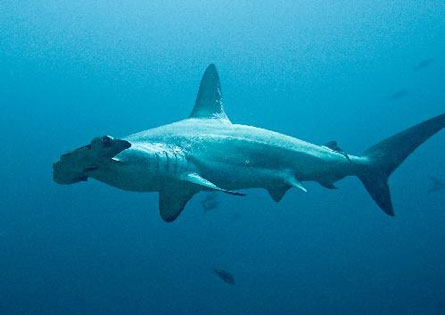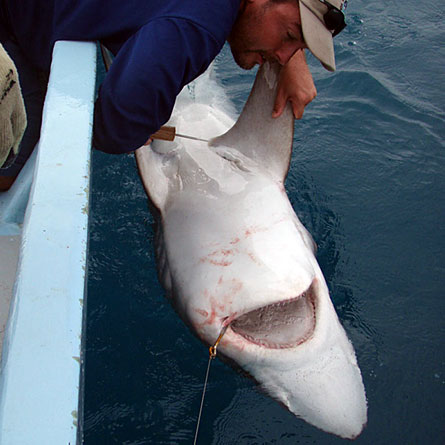- More than 2 years ago
Demand for shark fin soup has pummeled hammerhead shark populations. And some of those sharks are taken from already decimated stocks, finds a new analysis that uses DNA to pinpoint the origins of hammerhead fins sold at market.


A team reported the findings online December 1 in Endangered Species Research. The approach could boost the case for protecting hammerheads and could be applied to other shark species, many of which are also threatened by the fin trade.
Twenty-one percent of hammerhead fins sampled from 11 Hong Kong markets were taken from sharks living in the western Atlantic Ocean, where the species is listed as endangered, the study found. “Finning” typically involves cutting off the fin and then throwing the shark back in the ocean where it sinks and dies.
“It’s a frontier mentality out there on the ocean,” says study coauthor Demian Chapman of the Institute for Ocean Conservation Science at Stony Brook University in New York. “Right now it is a big Wild West show. Anyone can go in and catch these species. It’s not managed and not monitored.”
Chapman and colleagues analyzed a particular stretch of DNA taken from 452 wild-caught scalloped hammerheads, Sphyrna lewini, from around the world. This DNA snippet is from the cells’ energy factories, the mitochondria, which are passed on only by mothers and so can reveal where animals spawn or where their nursery grounds are.
Female scalloped hammerheads appear to remain close to home, or go back home to give birth, the analysis suggests. And that home region is pretty well-defined. DNA from sharks living in the western Atlantic could be pegged to one of three distinct regions: a northern stock off the eastern United States and Gulf of Mexico, a central stock off Belize and Panama and a southern stock off Brazil.
Comparing DNA taken from 62 fins from markets in Hong Kong against this worldwide map enabled the researchers to pinpoint where the sharks had been captured.
The distribution of the Western Atlantic stocks has implications for conservation, says Chapman. Some people assume ocean animals move over vast scales and that stocks will always be replenished, but that’s not necessarily the case. “In the western Atlantic, instead of one big mixing happy family of hammerheads you have little neighborhoods that individually can’t withstand as much pressure as you think,” Chapman says.
Chapman and coauthor Mahmood Shivji Nova Southeastern University Oceanographic Center in Dania Beach, Fla., hope the analysis will help make the case that the sharks need protection via international trade laws. Protection of the scalloped hammerhead and five other shark species may be considered by the Convention on International Trade in Endangered Species of Wild Fauna and Flora at its March 2010 meeting in Qatar. The International Union for the Conservation of Nature lists the Eastern Atlantic as endangered, but that organization does not have regulatory power.
“Nobody needs shark fin soup to survive,” says Chapman. “It’s kind of like a Lexus in a bowl — it’s a status symbol.”






